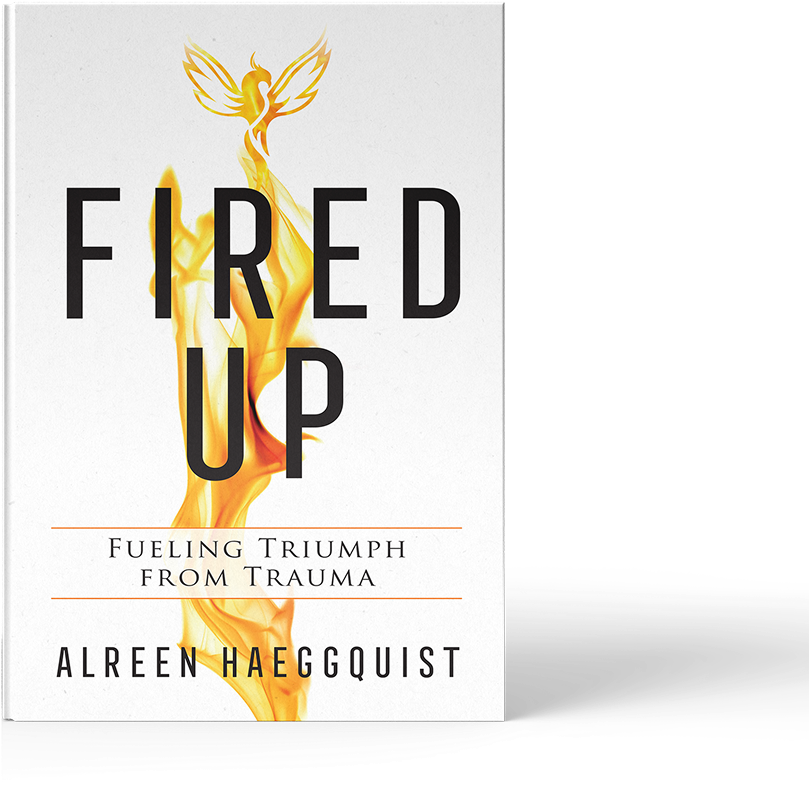What Is Vicarious Trauma?
Vicarious trauma is not just a buzzword; it’s an occupational reality for those of us who bear witness to the pain and suffering of others. Also referred to as secondary trauma, it arises when professionals are repeatedly exposed to others’ trauma narratives. This exposure can slowly erode our sense of safety, trust, and even identity.
In legal practice, this can look like listening to a client recount years of abuse, reviewing harrowing evidence and graphic photos, or reading file after file of heartbreaking injustice. Over time, this can result in symptoms like emotional numbness, sleep disturbances, irritability, and even physical ailments. Our worldview may shift. We might feel more cynical, hypervigilant, or emotionally depleted.
And here’s the paradox: this response is normal. It’s not a sign of weakness or burnout. It’s a human response to witnessing human suffering. Yet, when left unaddressed, vicarious trauma can lead to errors, compassion fatigue, and organizational dysfunction.
What Is Moral Injury?
Moral injury is a lesser known but deeply impactful consequence of trauma exposure. Unlike vicarious trauma, which focuses on emotional and psychological responses, moral injury occurs when we witness or are part of events that violate our deeply held moral beliefs.
In the legal field, moral injury often arises when lawyers must advocate within systems that perpetuate harm; like watching a survivor be retraumatized in cross-examination, seeing systemic inequities repeatedly disadvantage clients, or being forced to defend or challenge clients in ways that feel ethically fraught.
You may not have been the perpetrator of the harm but witnessing it and feeling powerless to stop it can lead to guilt, shame, spiritual conflict, and a profound sense of disillusionment.
Vicarious trauma can be a pathway to moral injury, especially when we’re asked to operate in systems that conflict with our values. Left unchecked, this leads to emotional exhaustion, questioning of purpose, and for some, a decision to leave the profession entirely.
How to Build Resiliency
The good news? Vicarious trauma and moral injury are not endpoints, they’re invitations.
Resilience isn’t about never being affected. It’s about how we respond.
Here are some key resiliency practices drawn from trauma-informed and nervous-system-informed approaches:
- Nervous System Regulation: Practices like breathwork, somatic movement, and mindfulness help your body discharge stress and re-establish a sense of safety.
- Meaning and Connection: Seek out relationships inside and outside the workplace that support vulnerability, reflection, and shared purpose.
- Boundaries: It’s okay to limit how much trauma exposure you absorb. Creating intentional transitions between work and home can support your nervous system.
- Reflective Supervision and Peer Support: Supervision that normalizes trauma responses and offers a reflective, compassionate space is a protective factor.
- Vicarious Resilience and Compassion Satisfaction: Remember: witnessing healing, empowerment, and resilience in clients can be a source of strength and inspiration. It matters.
Resiliency is not an individual burden; it must be scaffolded by organizations that understand and value trauma-informed principles.
Making the Business Case for Trauma-Informed Legal Practices
This is not just about well-being—it’s about sustainability, retention, and impact.
Vicarious trauma doesn’t just harm individuals; it harms organizations. Studies have shown that unresolved trauma exposure leads to:
- Decreased productivity and decision-making capacity
- Higher rates of turnover and absenteeism
- Compromised client care and decreased staff morale
Experienced employees leave, mistakes happen, and the cost is high.
By contrast, trauma-informed organizations recognize the impact of vicarious trauma and proactively support their workforce. This includes:
- Policies that support psychological safety and flexibility
- Opportunities for debriefing and supervision
- Embedding training on trauma, nervous system science, and moral injury
- Building a culture of reflection, compassion, and relational accountability
Becoming trauma-informed is not just ethical—it’s strategic. It’s how we build legal systems that are more just, sustainable, and human.
If you’re a legal professional who has felt the emotional weight of your work, or an organization seeing the signs of staff exhaustion, there is a path forward.
Trauma-informed, nervous-system-aware practice isn’t a trend. It’s a necessity.
And it starts with awareness, advocacy, and action.
Let’s stop asking professionals to absorb the cost of a broken system. Let’s build systems that support the professionals, too.




